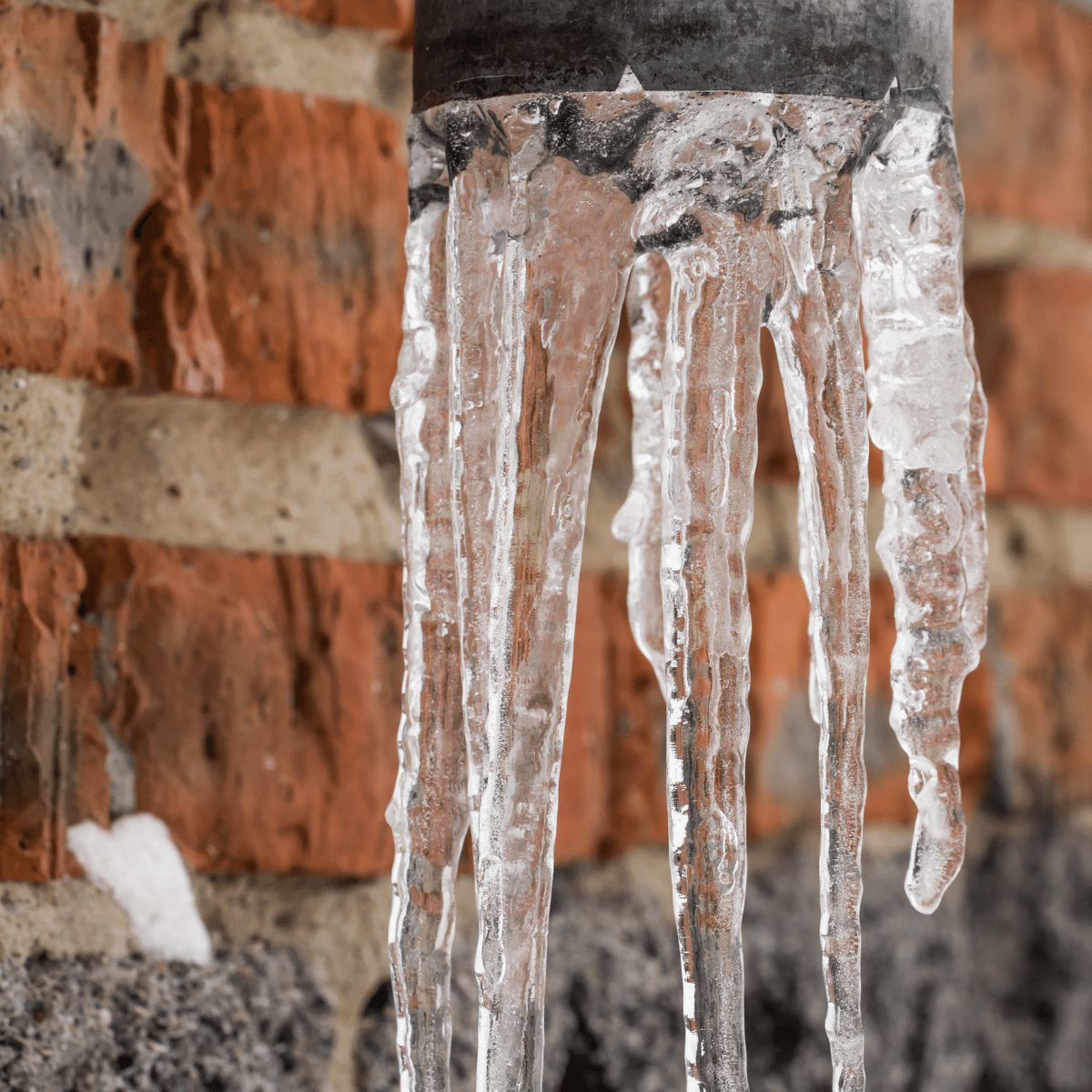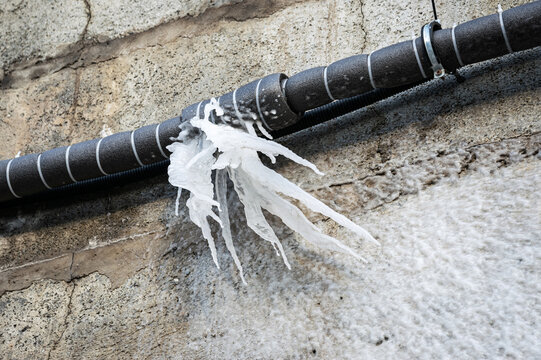What are your beliefs on Preventing and dealing with frozen pipes?

Winter can damage your plumbing, specifically by freezing pipes. Right here's exactly how to avoid it from happening and what to do if it does.
Introduction
As temperatures decrease, the danger of frozen pipelines boosts, potentially resulting in pricey repair services and water damages. Understanding just how to stop icy pipes is essential for homeowners in cool environments.
Recognizing Icy Pipelines
What triggers pipelines to ice up?
Pipes freeze when exposed to temperatures listed below 32 ° F (0 ° C) for expanded periods. As water inside the pipelines ices up, it broadens, putting pressure on the pipe wall surfaces and potentially causing them to break.
Threats and problems
Frozen pipes can result in supply of water disturbances, building damages, and pricey repair services. Burst pipes can flooding homes and create extensive architectural damages.
Indications of Frozen Pipeline
Identifying frozen pipelines early can avoid them from breaking.
Just how to determine frozen pipes
Look for decreased water flow from taps, uncommon odors or noises from pipes, and visible frost on subjected pipelines.
Prevention Tips
Insulating at risk pipes
Wrap pipes in insulation sleeves or utilize heat tape to shield them from freezing temperatures. Concentrate on pipelines in unheated or exterior locations of the home.
Home heating methods
Maintain interior rooms adequately warmed, particularly locations with plumbing. Open closet doors to allow warm air to flow around pipes under sinks.
Safeguarding Outside Pipes
Garden hose pipes and outdoor faucets
Disconnect and drain garden hoses before winter months. Mount frost-proof spigots or cover outside taps with insulated caps.
What to Do If Your Pipes Freeze
Immediate activities to take
If you believe icy pipelines, keep faucets open up to eliminate pressure as the ice thaws. Utilize a hairdryer or towels soaked in warm water to thaw pipelines slowly.
Long-Term Solutions
Structural adjustments
Consider rerouting pipes away from outside wall surfaces or unheated locations. Add added insulation to attic rooms, basements, and crawl spaces.
Updating insulation
Purchase premium insulation for pipes, attic rooms, and walls. Proper insulation helps preserve constant temperature levels and lowers the danger of frozen pipelines.
Final thought
Preventing icy pipelines needs aggressive measures and quick responses. By recognizing the reasons, signs, and preventive measures, homeowners can shield their pipes during winter.
5 Ways to Prevent Frozen Pipes
Drain Outdoor Faucets and Disconnect Hoses
First, close the shut-off valve that controls the flow of water in the pipe to your outdoor faucet. Then, head outside to disconnect and drain your hose and open the outdoor faucet to allow the water to completely drain out of the line. Turn off the faucet when done. Finally, head back to the shut-off valve and drain the remaining water inside the pipe into a bucket or container. Additionally, if you have a home irrigation system, you should consider hiring an expert to clear the system of water each year.
Insulate Pipes
One of the best and most cost-effective methods for preventing frozen water pipes is to wrap your pipes with insulation. This is especially important for areas in your home that aren’t exposed to heat, such as an attic. We suggest using foam sleeves, which can typically be found at your local hardware store.
Keep Heat Running at 65
Your pipes are located inside your walls, and the temperature there is much colder than the rest of the house. To prevent your pipes from freezing, The Insurance Information Institute suggests that you keep your home heated to at least 65 degrees, even when traveling. You may want to invest in smart devices that can keep an eye on the temperature in your home while you’re away.
Leave Water Dripping
Moving water — even a small trickle — can prevent ice from forming inside your pipes. When freezing temps are imminent, start a drip of water from all faucets that serve exposed pipes. Leaving a few faucets running will also help relieve pressure inside the pipes and help prevent a rupture if the water inside freezes.
Open Cupboard Doors
Warm your kitchen and bathroom pipes by opening cupboards and vanities. You should also leave your interior doors ajar to help warm air circulate evenly throughout your home.

I was made aware of that report about How to prepare your home plumbing for winter weather from a buddy on another domain. Sharing is good. Helping people is fun. Thank you for your time. Don't hesitate to stop by our website back soon.
Call Today